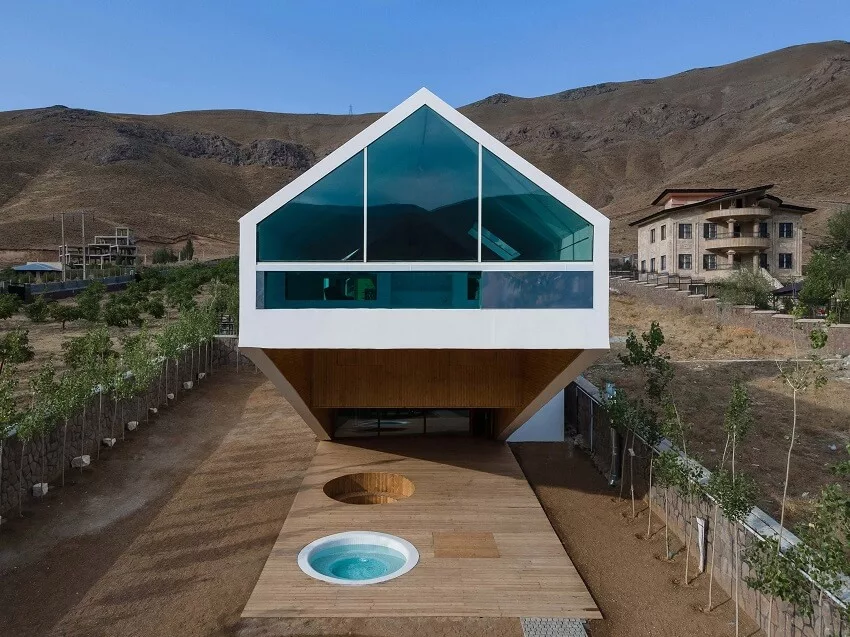
Hamid Abbasloo: Transforming Residential Architecture with 35-51 Architecture Office
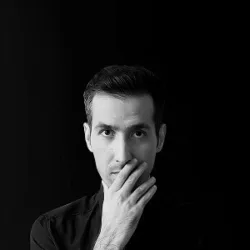
Hamid Abbasloo, a founder of 35-51 Architecture Office, has significantly contributed to redefining residential architecture with innovative designs. Established in 2014, the award-winning firm draws its name from the geographical coordinates of Tehran, reflecting their belief in thinking globally and acting locally. Their project, Dasht-e-chehel Villa, located in Damavand, Tehran, Iran, highlights their commitment to creating functional and engaging living spaces. We had the opportunity to speak with Hamid Abbasloo about their approach and the inspirations behind their remarkable work.
Could you give us a little background on yourself or your company?
Hamid Abbasloo: 35-51 Architecture Office began its activities in the fields of architecture and landscape architecture in 2014. Our name is taken from the geographical coordinates of Tehran (35.7219° N, 51.3347° E), as the birthplace of its founders, reflecting our belief in thinking globally and acting locally. We firmly believe that changing the world begins with changing ourselves and our surroundings.
What was the brief for the award-winning project?
Hamid Abbasloo: Dasht Villa 40 is an experience to achieve an external-internal life in a cold climate. It addresses how to stay outside the building and experience snow and rain while remaining in a safe zone and how to be inside without losing sensory perception, visual, and psychological connection with the outside. It also explores how to blur the boundary between inside and outside to reach greater freedom.
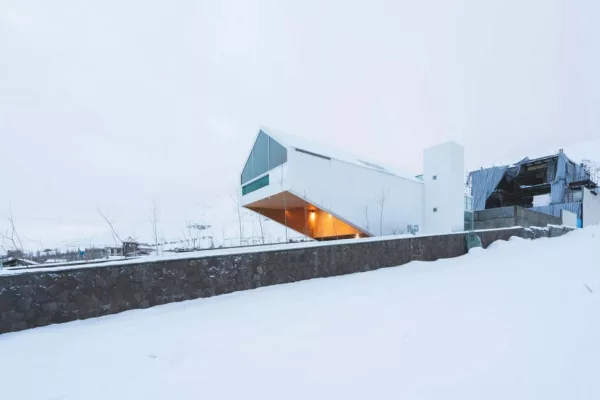
Please describe the design process. How was it resolved?
Hamid Abbasloo: We started by placing the building in the north-south direction, closer to the north border, to benefit from the beautiful north view. By making a diagonal cut along the building, we brought the north view into the heart of the building and created an outdoor roof towards the yard, allowing physical presence during snow and rain and utilizing midday heat while being protected from direct sunlight. This design ensures residents are not limited to the inside of the building and can use a larger part of the yard in cold seasons.
In the southern part, we created a glass chamber with a thick stone wall (Trombe wall) and openings at the top and bottom, storing thermal energy during the day to heat the building at night. Instead of flattening or stepping the site, we used ramps for horizontal and vertical access, providing smooth and comfortable movement throughout the building and increasing the feeling of freedom.
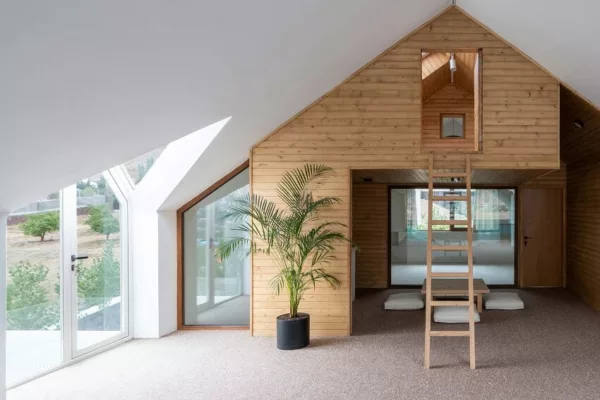
What is most outstanding or innovative about the project?
Hamid Abbasloo: Creating an in-between space that mediates between the exterior and interior spaces, ensuring both the quality of the outdoor space and a sense of safety and security within the indoor space.
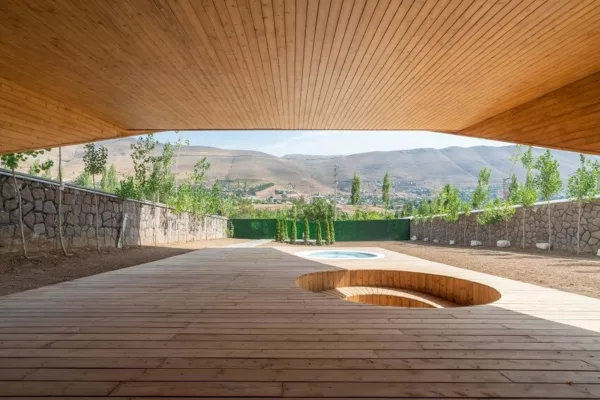
What outcomes of the project are you most proud of?
Hamid Abbasloo: We are proud of achieving architectural goals and meeting the client’s needs with minimal impact on the site and in the simplest form possible.
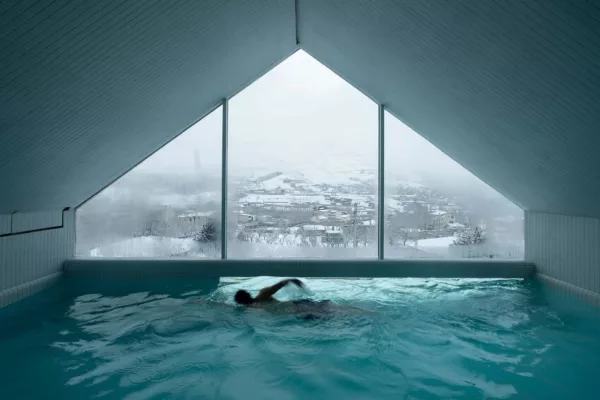
What led you to become an architect specializing in residential architecture?
Hamid Abbasloo: My decision to choose architecture was based on a misunderstanding. Twenty years ago in Iran, a positive image of the architectural field and its career prospects led me to this major. However, upon entering university, understanding the power of space creation to impact people’s lives prompted me to continue in this field.
Who are your biggest influences or who do you most admire in architecture?
Hamid Abbasloo: During my university years, I followed Tadao Ando‘s works more than other architects, but many others have since influenced me.
If you could own any building or design object in the world, what would you choose and why?
Hamid Abbasloo: I admire the Azuma House and the Koshino House for their ability to create a safe space while maintaining a connection with the sun, sky, wind, and rain.
What future trends, technologies, social changes, or other influences do you feel will have a major impact on architecture?
Hamid Abbasloo: In our opinion, artificial intelligence will influence everything.
How can architecture make a real difference to society and the world?
Hamid Abbasloo: Creative approaches to creating spaces can influence how we think and behave in various aspects of life. Architecture can make a real difference by shaping our environments in ways that encourage sensitivity and innovation and encompass more human characteristics.
How do you feel about receiving an Architecture MasterPrize? What difference do you feel it will make to your future or the future of your company?
Hamid Abbasloo: The Architecture MasterPrize has become one of the most popular architecture awards among Iranian architects in recent years, leading to increased visibility and recognition for our firm.
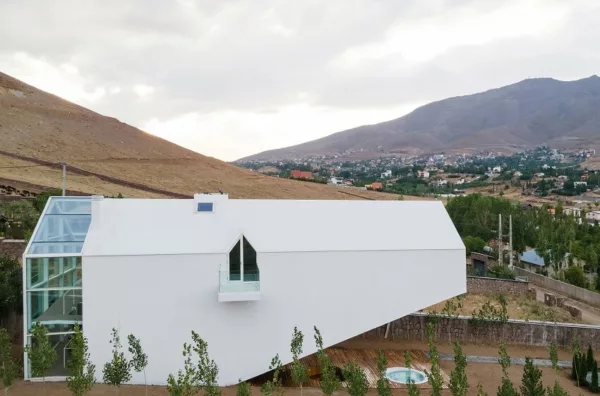
We thank Hamid Abbasloo for sharing insights into 35-51 Architecture Office’s exceptional work on Dasht-e-chehel Villa. Their dedication to creating meaningful and innovative residential spaces is inspiring, highlighting the significant impact of thoughtful design on living environments.